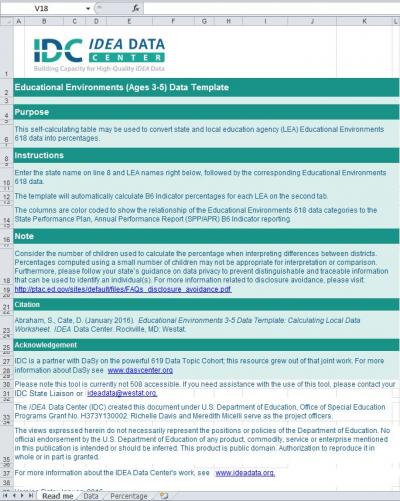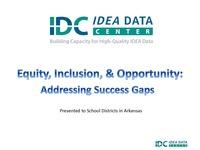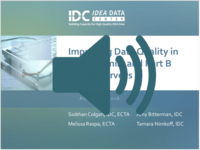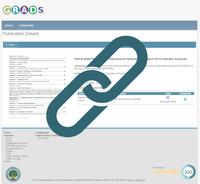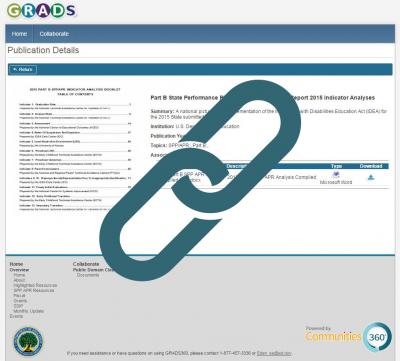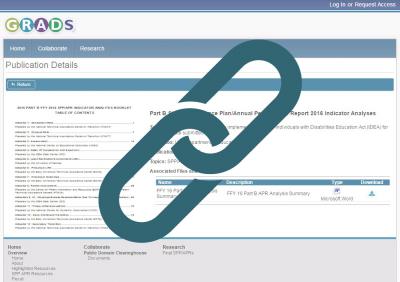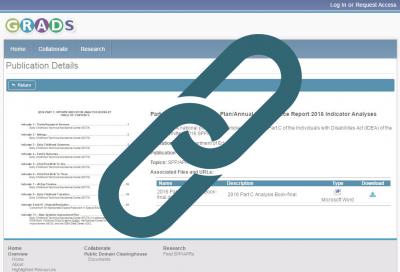Archived Resources
The Resource Library houses tools and products that were developed by IDC, developed with its collaborators, or submitted by IDC stakeholders. Search and filtering tools are available to help users navigate through the library.
Archived Resources 1 - 7 of 10
Format: Toolkits and Templates
Educational Environments 3-5 Data Template: Calculating Local Data WorksheetThis data template provides SEAs and LEAs the opportunity to see in real-time the percentages of their children ages 3-5 attending and receiving services in specific educational environments. When the LEA 618 educational environments data is simply entered on the data tab, the percentages will be calculated and displayed on the percentage tab. The use of this tool will allow SEAs to compare the percentages of children within educational environments across LEAs.
Format: Presentations
Equity, Inclusion, & Opportunity: Addressing Success GapsThis presentation introduced the audience of local education agency personnel to new tools, the Equity, Inclusion, and Opportunity: How to Address Success Gaps Rubric and the Equity, Inclusion and Opportunity: How to Address Success Gaps White Paper. The rubric and white paper were developed by a group of OSEP-funded technical assistance providers, with input from states and other experts. The Equity, Inclusion, and Opportunity: How to Address Success Gaps tools provide a process for reducing the differences in school success among subgroups of students by providing a structure for districts or schools to examine their current practices and identify areas for improvement.
Format: Recordings
Improving Data Quality in Part C Family and Part B Parent Surveys WebinarThe webinar provided an overview of survey methodology data issues. It was designed to help participants improve their knowledge about survey development and testing, representativeness, and response rates related to family surveys in Part C and Part B. The webinar was designed for individuals involved in measurement of Indicators C4 and B8 and those interested in survey methodologies as part of the SSIP.
Format: Guides, Papers, and Reports
Part B State Performance Plan/Annual Performance Report 2014 Indicator Analysis FFY 2012-13The report presents a national quantitative picture of the implementation of Part B of IDEA based on a review of FFY 2012 APRs for the 50 states, commonwealths, territories, and the BIE.
Format: Guides, Papers, and Reports
Part B State Performance Plan/Annual Performance Report 2015 Indicator AnalysesThe 2015 SPP/APR Indicator Analyses for Part B presents a national quantitative picture of the implementation of Part B of IDEA based on a review of information 60 states and jurisdictions reported in their FFY 2013 Annual APRs. For the purposes of the report, the term “state” is used for both states and territories. The report, which covers Part B Indicators 1 through 17, can be downloaded in Word format.
Format: Recordings
Part B State Performance Plan/Annual Performance Report 2016 Indicator AnalysesThe Part B State Performance Plan/Annual Performance Report 2016 Indicator Analyses presents a national picture of the implementation of IDEA based on a review of information 60 states and jurisdictions reported in their FFY 2014 APRs and amended SPPs that they subsubmitted to OSEP in spring of 2016.
Format: Guides, Papers, and Reports
Part B State Performance Plan/Annual Performance Report 2019 Indicator AnalysesThe Part B State Performance Plan/Annual Performance Report 2019 Indicator Analyses presents a national quantitative picture of the implementation of Part B of IDEA based on a review of information 60 states and jurisdictions reported in the FFY 2017 APRs and amended SPPs they submitted to OSEP in spring 2019.


